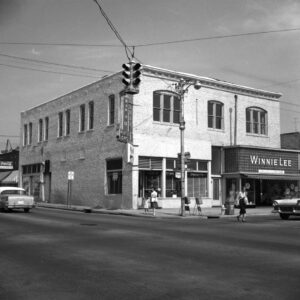 Paladino Restaurant
Paladino Restaurant
Entry Category: Business and Economics - Starting with P
 Paladino Restaurant
Paladino Restaurant
Palmer, Clyde Eber
Panic of 1819
Panic of 1837
Panic of 1857
Panic of 1873
Pankey, Josephine Irvin Harris
 Paragould Stave Mill
Paragould Stave Mill
Park Hotel
Park-O-Meter
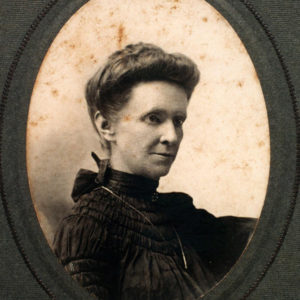 Martha Alice Steele Park
Martha Alice Steele Park
 Ted Parkhurst
Ted Parkhurst
 Ted Parkhurst of August House
Ted Parkhurst of August House
Parkway Courts Historic District
 Parkway Courts Historic District
Parkway Courts Historic District
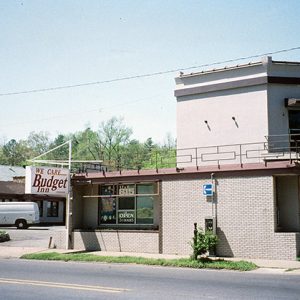 Parkway Courts Historic District
Parkway Courts Historic District
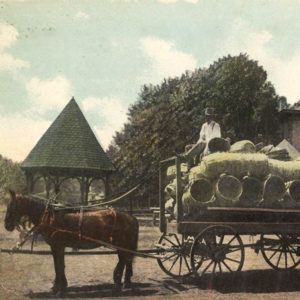 Peach Baskets
Peach Baskets
Peach Industry
Pearl Rush
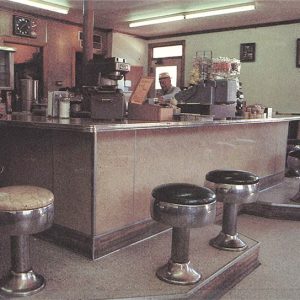 Pearl's Cafe
Pearl's Cafe
 Pearlers
Pearlers
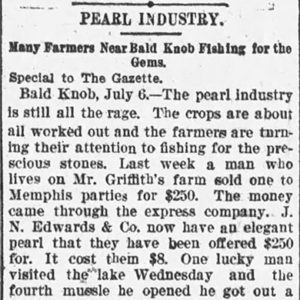 Pearling Article
Pearling Article
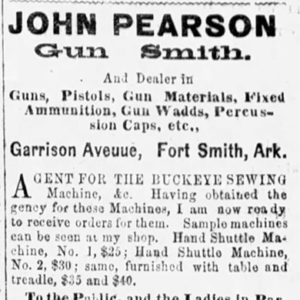 Pearson Ad
Pearson Ad
Pearson, John
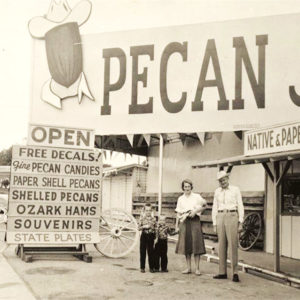 Pecan Joe's
Pecan Joe's
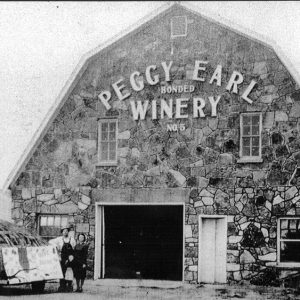 Peggy Earl Winery
Peggy Earl Winery
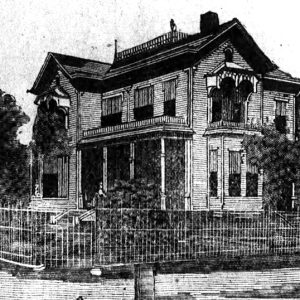 Charles F. Penzel House
Charles F. Penzel House
Penzel, Charles Ferdinand
Peonage
 Pep-Up Label
Pep-Up Label
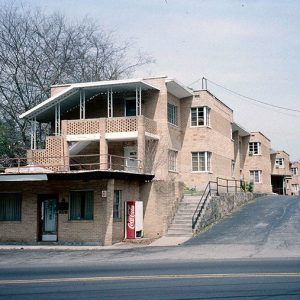 Perry Plaza Court
Perry Plaza Court
Perry Plaza Court Historic District
Person, Charline Woodford Beasley
Petit Jean Meats
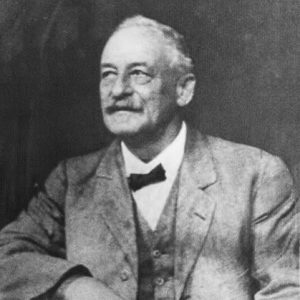 Charles Pfeiffer
Charles Pfeiffer
Philanthropy
Phillips, Charles E., Jr
Phillips, Sylvanus
Phillips, William Richard (Bill)
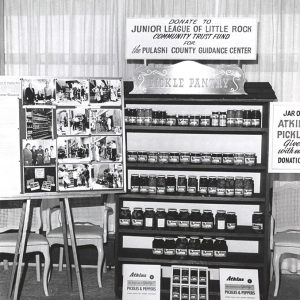 Pickles Fundraiser
Pickles Fundraiser
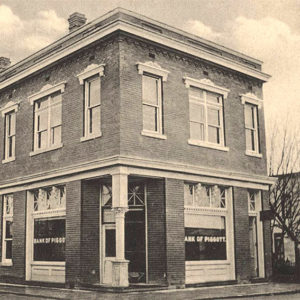 Piggott Bank
Piggott Bank
Pillstrom Tongs
 Plane Interior
Plane Interior
 Planing Mill
Planing Mill
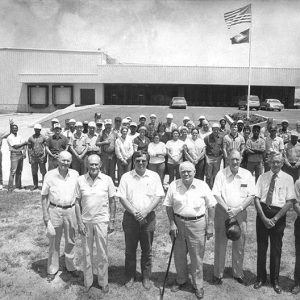 Plant Opening
Plant Opening
 Planters Bank Building
Planters Bank Building
Planters Bank Building
Plum Point Energy Station
 Plum Point Energy Station
Plum Point Energy Station




